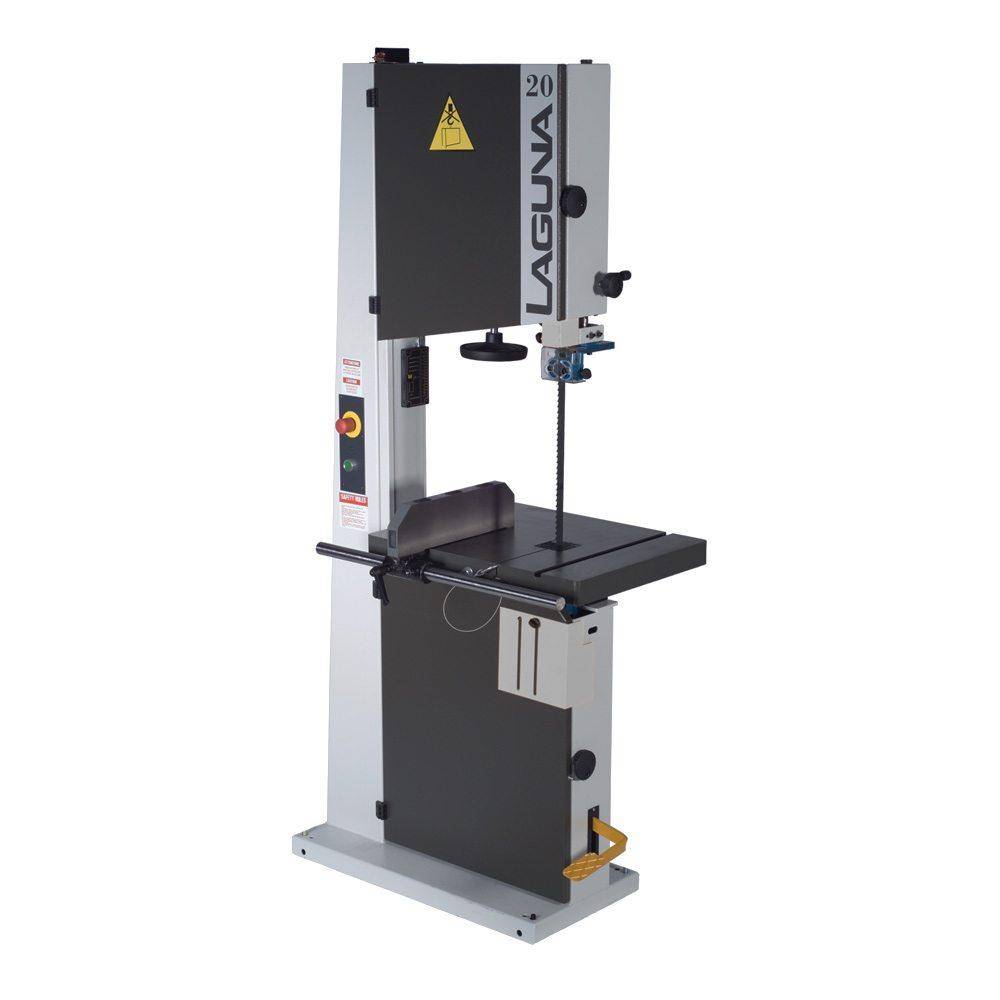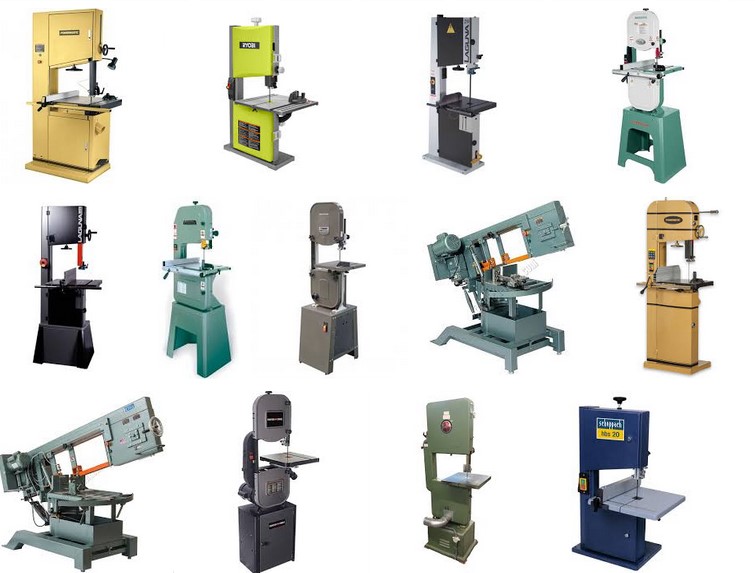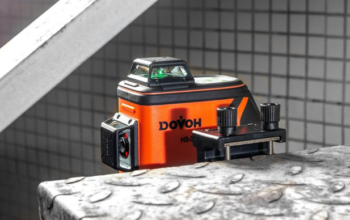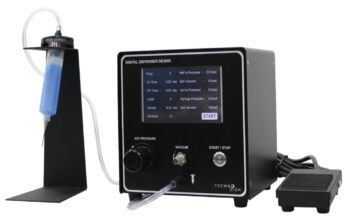If you’re looking for versatility in your power tools, then there’s no better investment than a bandsaw. Whether you’re an amateur woodworker or a professional carpenter, a bandsaw and table is a vital piece of equipment whether you want to cut wood, plastic, metal or other materials.
The History Of The Bandsaw
In 1809 William Newberry was granted the first patent for what would become the modern day bandsaw. But the blades bent and broke so it was up to a Frenchwoman called Anne Paulin Crepin to get it right, which she did in 1846 with the invention of a machine for sawing meat. From then on, the technology behind the bandsaw was constantly developed until it became the standard method of dealing with lumber in the 19th century.
Choosing Your Bandsaw
Bandsaws have come a long way from the demands of the 19th century lumberyard, and this versatile machine has managed to diversify and remain relevant in the 21st century. If you frequently cut through metal, then investing in a dedicated bandsaw is a savvy choice. Buy a horizontal saw for straight cuts and a vertical saw for precision and creative work.
Many butchers use a stainless steel bandsaw to break down a carcass quickly and effectively, since the powerful blade makes short work of cutting through meat and bone. And for woodworkers a table mounted bandsaw is the ideal tool for making straight and curved cuts and ripping through timber accurately and quickly.
Vertical Or Horizontal?
A horizontal bandsaw is the best tool for the job when you need to cut timber down to size with precise, straight cuts. But for true versatility, you need to invest in a vertical bandsaw capable of making more intricate, curved cuts as well as straight ones. Look for those that also contain a welder allowing you to quickly repair broken blades or even fashion custom equipment for specific jobs.
The Heart Of The Bandsaw: The Blade
It’s fair to say that the bandsaw blade is the most crucial part of any bandsaw. Without this continuous loop of toothed metal, your machine is useless, but with a bandsaw is capable of making a huge range of different cuts on a wide range of different materials. Obviously, using the right blade for the job is critical in getting a clean and professional result and any good wood or metal worker will want to have a range of blades to optimise the cutting capabilities of their machine.
Choosing The Right Blade
There are three steps to purchasing any new blades for your bandsaw:
- What type of bandsaw do you use? Each different type of saw and each manufacturer will have a preferred type of blade, so read the instructions before choosing. For metal cutting choose bimetal blades for strength and longevity, and for woodworking select premium gold carbide blades. A carbon blade is a good all round choice for light metals and wood.
- How wide does your blade need to be? A horizontal bandsaw will only ever require one width of blade whereas a vertical bandsaw will require several different widths depending on desired cuts and turning diameter.
- What’s the right tooth pattern? The tooth pattern will depend on the material you’re cutting and the kind of cut you want to achieve. The general rule of thumb is that the fewer teeth per inch, the more quickly and roughly you’ll be able to rip through a thick piece of wood, metal or plastic. For smoother and more precise cuts, or when you’re cutting through thinner materials, the more teeth per inch the slower and neater the cut.
Power And Versatility
With its ability to rip through wood and metal, yet also perform precision work with ease, the bandsaw is a must have power tool in any amateur or professional workshop. Thanks to its combination of power and versatility, the bandsaw should be top of every wood and metal workers must-have list.
This article is sponsored by Calderbrook – experts in woodwork machinery.
Related Posts













